B'woond
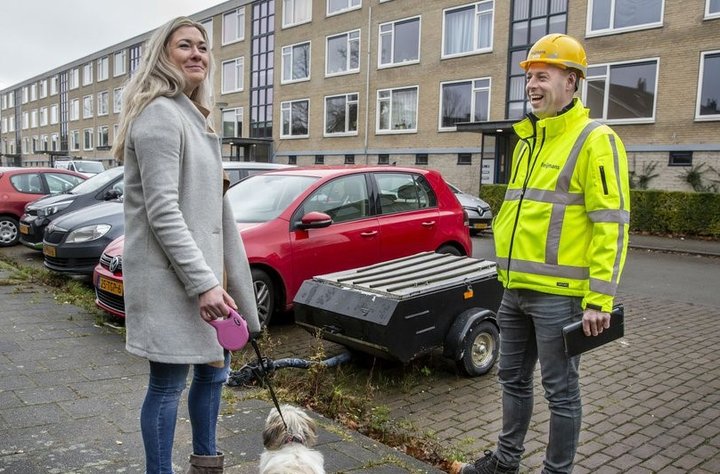
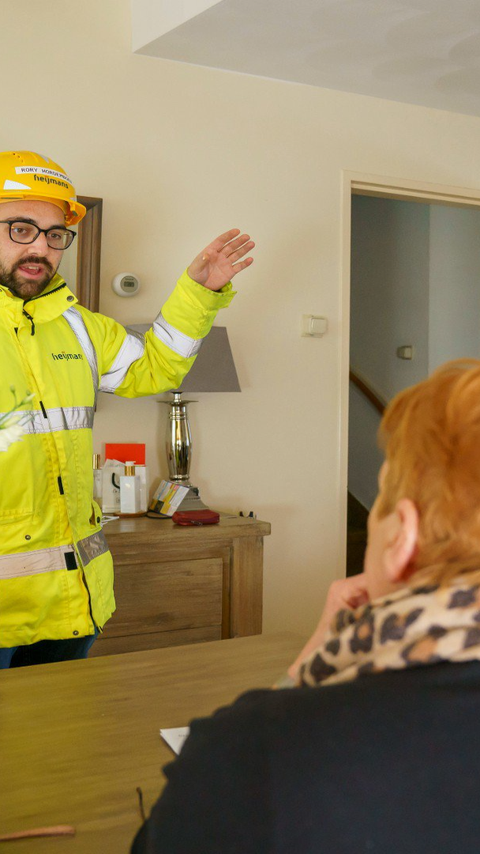
A housing renovation is often a major event for residents. In the Heijmans B'woond renovation concept, the resident takes centre stage, and any disruption is kept to a minimum. “By combining renovation components and completing major jobs in a single day, we can be out of the house within two and half weeks.”
“When we start a renovation, I like to be clear with residents. After all, we are there to renovate their homes at the request of their landlord, the housing corporation. Then I say: you are going to find us very annoying, because we create dust and noise and we park in your street. Then I show pictures of what their houses will look like after the renovation, so they know why they are doing it,” says commercial manager Gerke van der Werf, who recently collaborated on the renovation of 48 homes in Vinkhuizen.
As with other projects carried out according to the Heijmans B'woond renovation concept, he sat around the table with people from housing corporation De Huismeesters at an early stage in the process. The aim is to free up the housing corporations and put the resident at the heart of the process. Gerke: “Housing corporations used to produce specifications and we would simply carry them out. These days, we are increasingly being asked to draw up a plan to take homes from energy label x to y. Residents occupy an important place in that plan. Which is why we engage with them early on, to find out what they find essential and where the pain points are.”
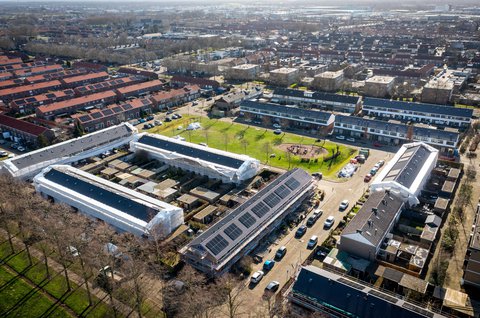
Although disruption during a renovation project is inevitable, it is certainly possible to limit this disruption if you take the right approach, says project leader Ronnie van Laanen, who is currently renovating 113 rental homes in Oss. First of all, Heijmans maps out the impact of the work on the residents in the renovation plan. Thanks to this transparency, a housing corporation can then make a well-informed choice regarding the level of inconvenience for the residents, and communicate this clearly with Heijmans. “We are tackling everything to make these homes more sustainable: facades, roofs, window frames, the kitchen and bathroom and toilet and the complete sewer system. We are doing this for each house as quickly as possible, by combining renovation components and completing large jobs in a single day. As a result, we can be out of the house within two and a half weeks."
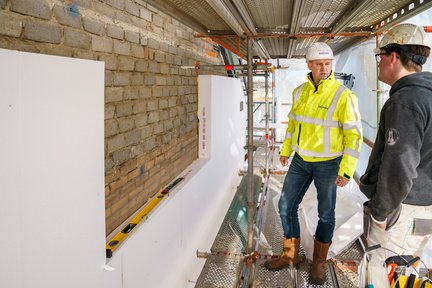
Thanks to the optimal design of the renovation process, residents in Vinkhuizen have around ten days of renovation work in their homes, says Gerke. “We work efficiently as much as possible. When you replace window frames in a house, you’d prefer to do them all at once. But that would cause quite a draught and is not comfortable for residents. So we replace window frames in the front facade one day and window frames in the rear facade the next. This means their homes remain habitable.”
Apart from the planning, how you work is also very important. “Not every carpenter is cut out to work in residents’ homes. It requires social skills: wiping your feet, introducing yourself properly, having a chat. We look for those skills in the people we pick, because not everyone can do that.”
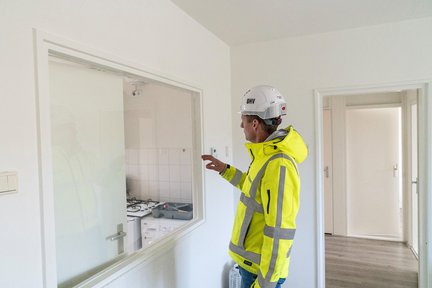
Because renovation work is very varied and involves so many residents, it is crucial that the planning is flexible, says Ronnie. “We have to improvise a lot, and constantly coordinate the work with all kinds of parties and then rearrange the planning. You have to be able to cope with that hectic pace. For me, that’s what makes the work fun, because I never know beforehand how a day will turn out.”
For his colleague Gerke, the biggest challenge is renovating several houses at the same time. “If we replace a pipe that runs over several floors, it’s always tense moment waiting to see whether everyone is at home, so whether all the doors open on each successive floor. If they don’t, we have to adapt and try to keep the train of works running as smoothly as possible.”
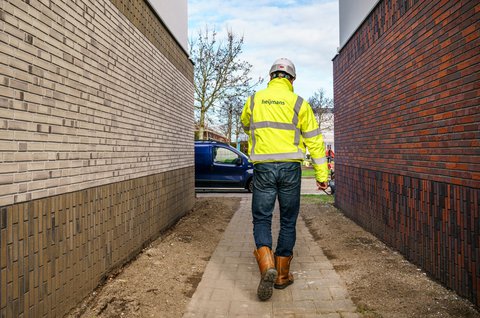
Communication is crucial to minimise the chances of obstacles. That’s why we organise residents’ evenings, give residents the opportunity to check the schedule from day to day in the Heijmans B'woond app and why we maintain a lot of personal contact. Gerke: “Six weeks before the renovation, the building foreman or resident's supervisor will pay a visit to explain how residents can prepare their homes for the renovation. For example, that we need a metre of working space near the window frames and that kitchen cupboards must be empty. We ask residents to take this into account. Two days before work is due to start, we visit again to check whether everything is in order and that the resident is ready.”
Heijmans’ people are well aware that their job is about a lot more than simply carrying out a renovation. Ronnie: “There are people who are unable to cope mentally with a renovation. In those cases, you’re also a social worker and help them clean up their stuff or do other things. For example, during the Covid-19 pandemic, I went out to find a quiet spot with good WiFi for local children, so they could attend their classes.”
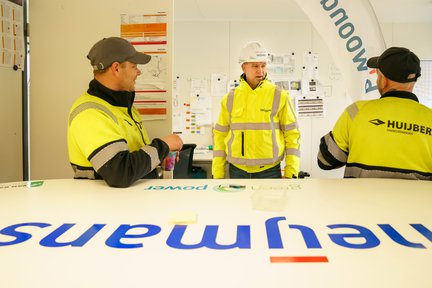
Heijmans people often do more on this front than agreed with the housing corporation, but in the end it makes their work easier and more fun, Gerke thinks: “By doing all the communication ourselves, we can handle the project in a more streamlined way and we hear immediately if there’s a problem, so we can respond to it right away. What’s more, in the end residents are enthusiastic and grateful, which is why the housing corporations always give us a score higher than eight in the evaluation on the customer satisfaction component. Not every renovation company can say that.”